Bienvenido a
Clínica Kranion
Siempre a la vanguardia
la mejor garantía en salud bucodental en Clínica Dental Kranion de Alicante.
ATM-BRUXIMO
DOLOR OROFACIAL
La delicadeza de una articulación clave
RONQUIDO Y APNEA
MEDICINA ORAL DEL SUEñO
Sistema en armonía, descanso duradero
CIRUGÍA MAXILOFACIAL
CIRUGÍA BUCAL
Un mecanismo extraordinario, en las mejores manos
ODONTOLOGÍA
DEPORTIVA
El apoyo que necesitas
HIGIENE BUCODENTAL
Piezas impecables, salud en tu boca
ODONTOLOGÍA ESTÉTICA
Belleza y salud en cada pieza
FISIOTERAPIA
CRANEOMANDIBULAR
Recuperar el equilibrio, aliviar el dolor
HAY PIEZAS
QUE REQUIEREN
A LOS MEJORES
ESPECIALISTAS
ODONTOLOGÍA GENERAL
Una boca bonita, un funcionamiento perfecto
ENDODONCIA
Bienestar en el núcleo
IMPLANTOLOGÍA
Tecnología para una pieza insuperable
Clínica de referencia
Más de 30 profesionales se ponen a tu disposición para obtener los mejores resultados.
Somos clínica de referencia en las siguientes especialidades:
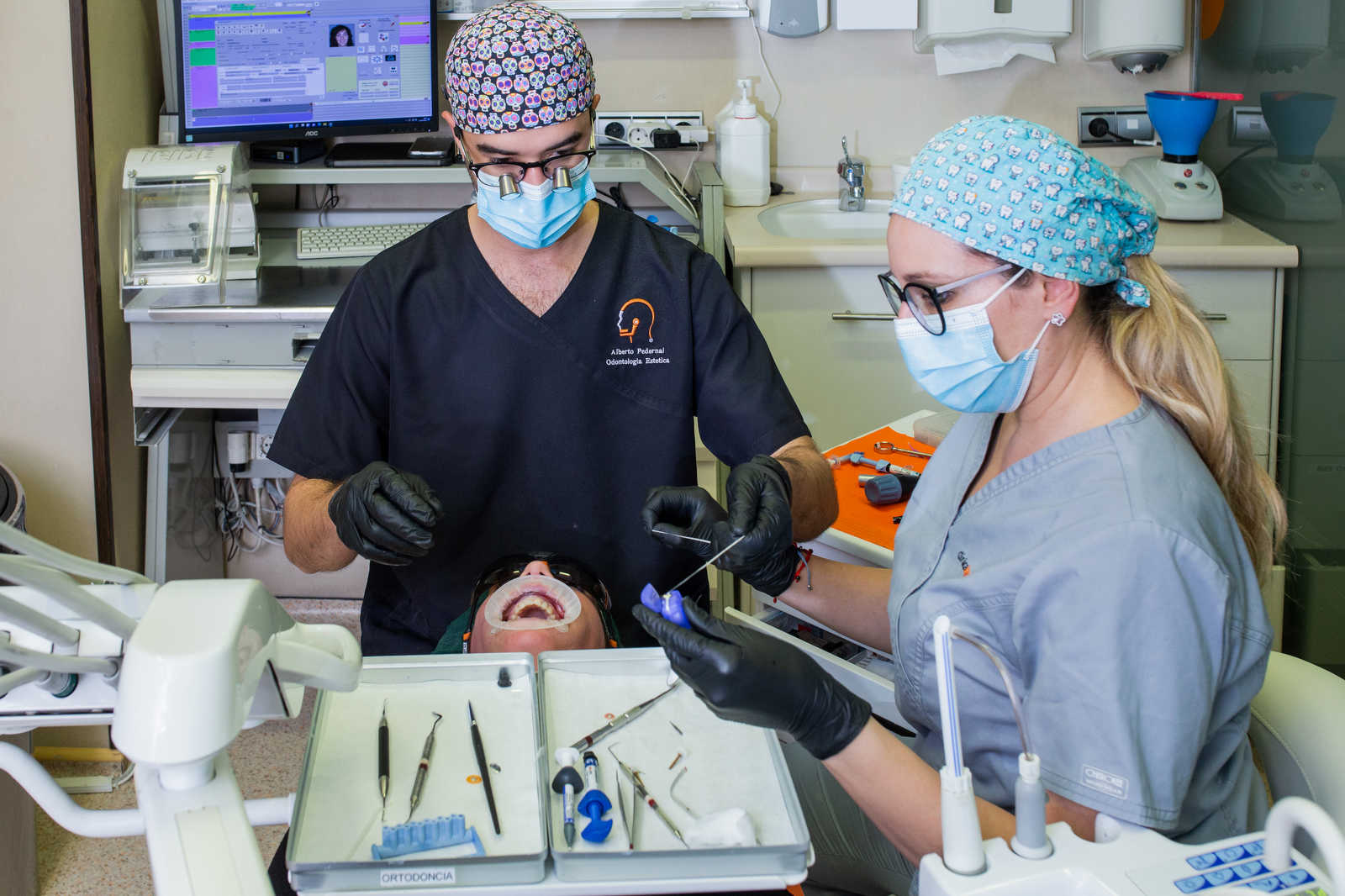
Estética Dental y Prótesis Dental
Belleza y salud en cada pieza
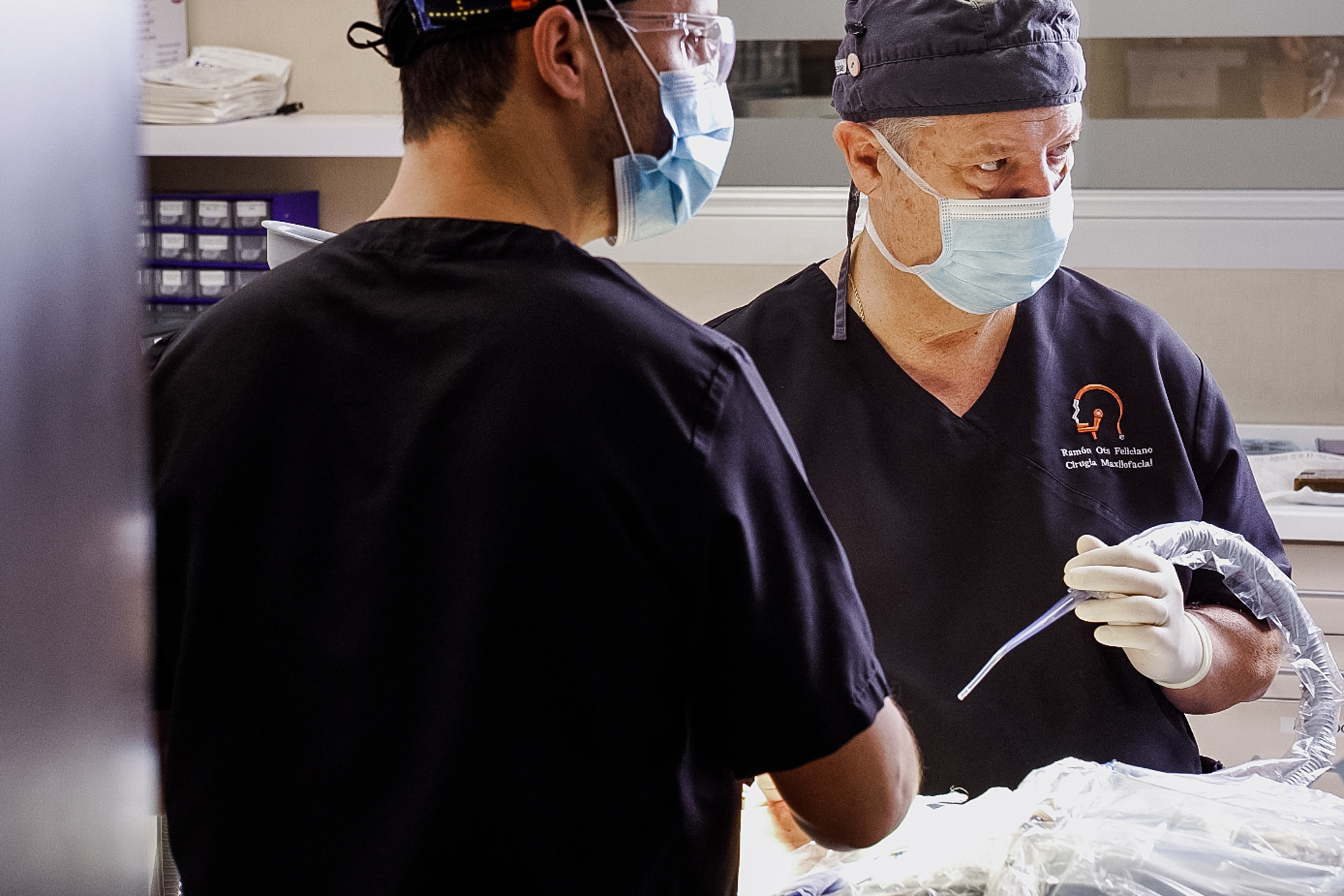
Implantología Dental
Reemplazo de la raíz del diente mediante un implante dental
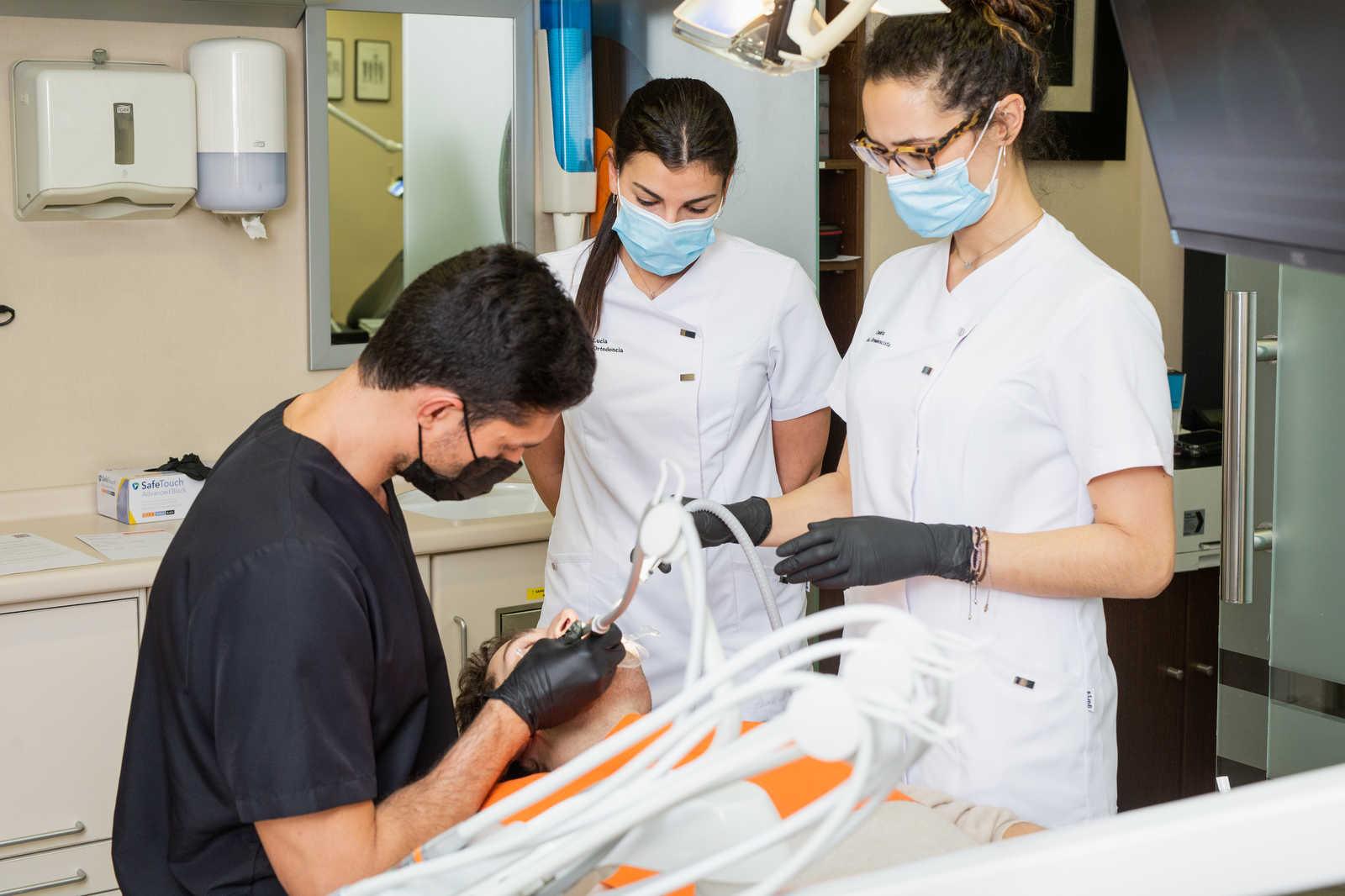
Ortodoncia y Ortopedia Dentofacial
Sonrisa sana, sonrisa ordenada
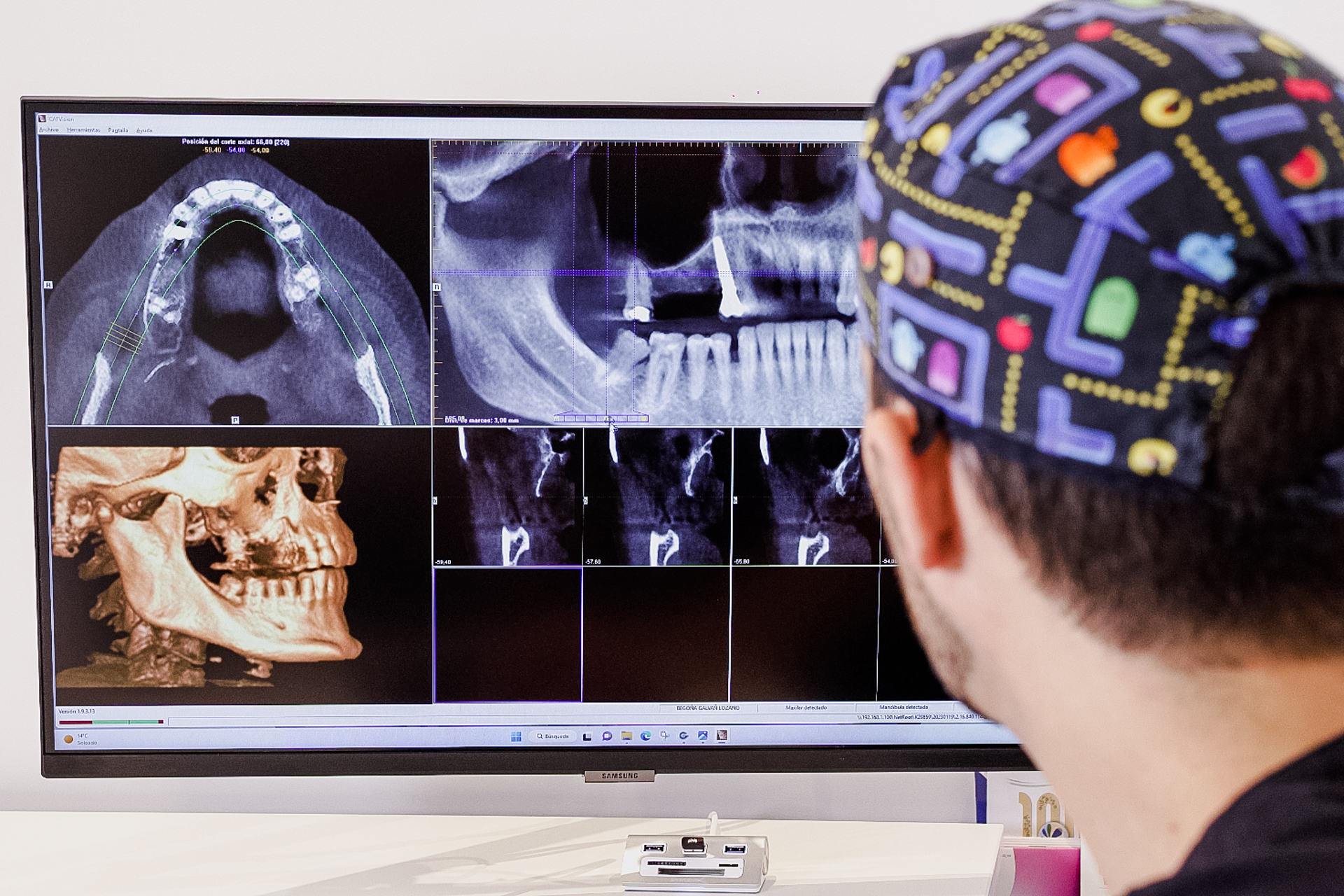
Odontología Deportiva
El apoyo que necesitas
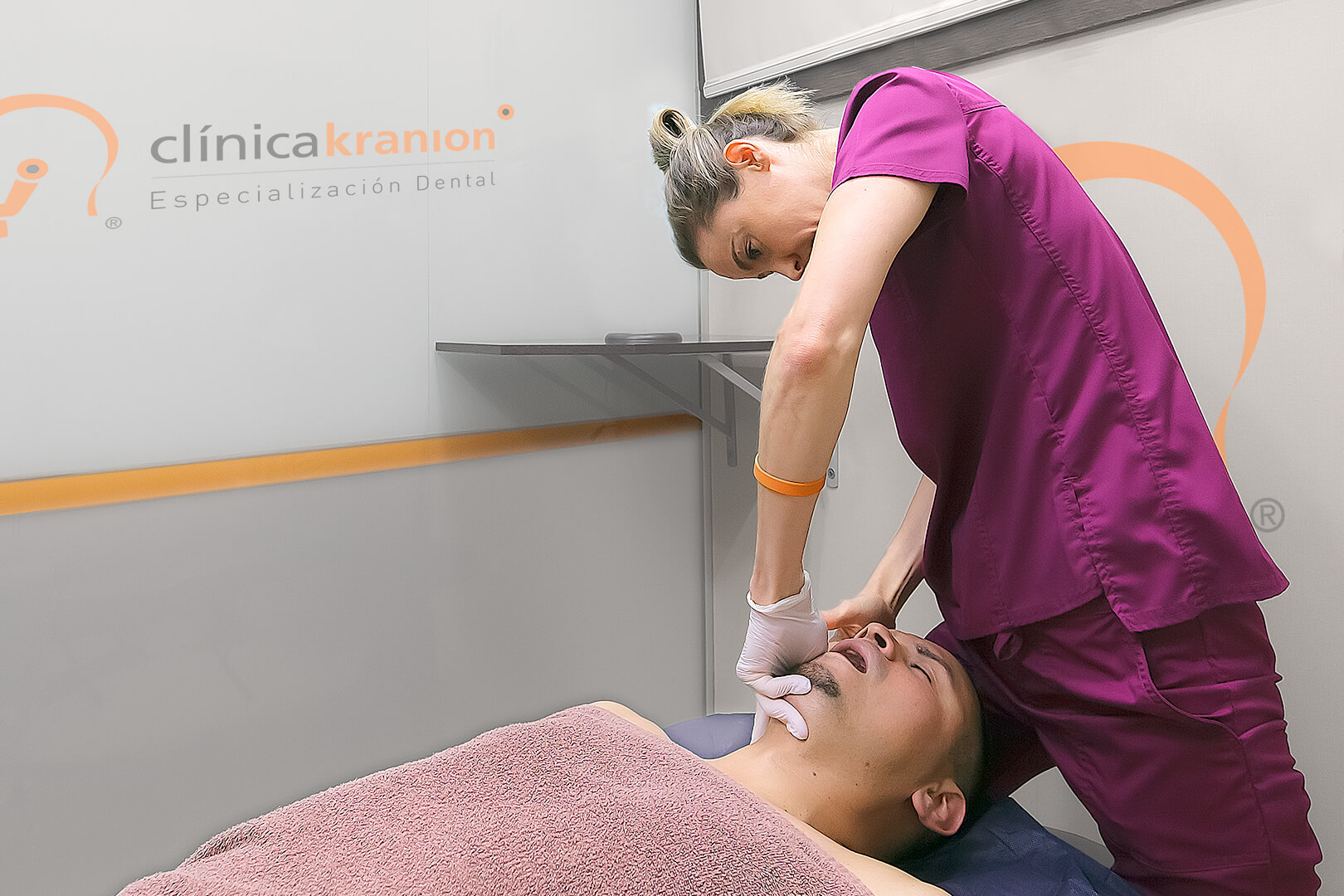
Fisioterapia Craneomandibular y de ATM
Recupera el equilibrio, alivia el dolor
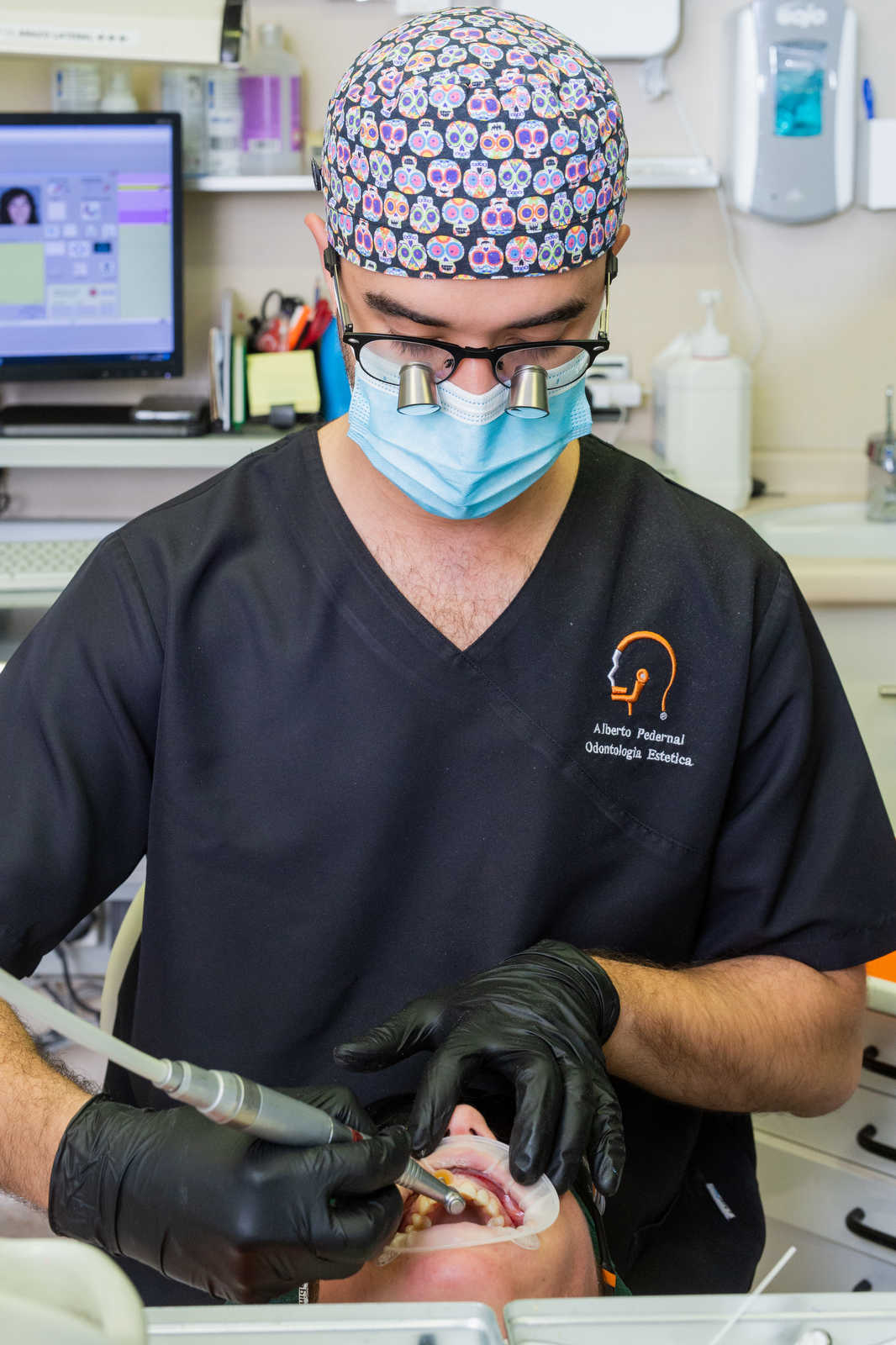
Odontología General
Una boca bonita, un funcionamiento perfecto
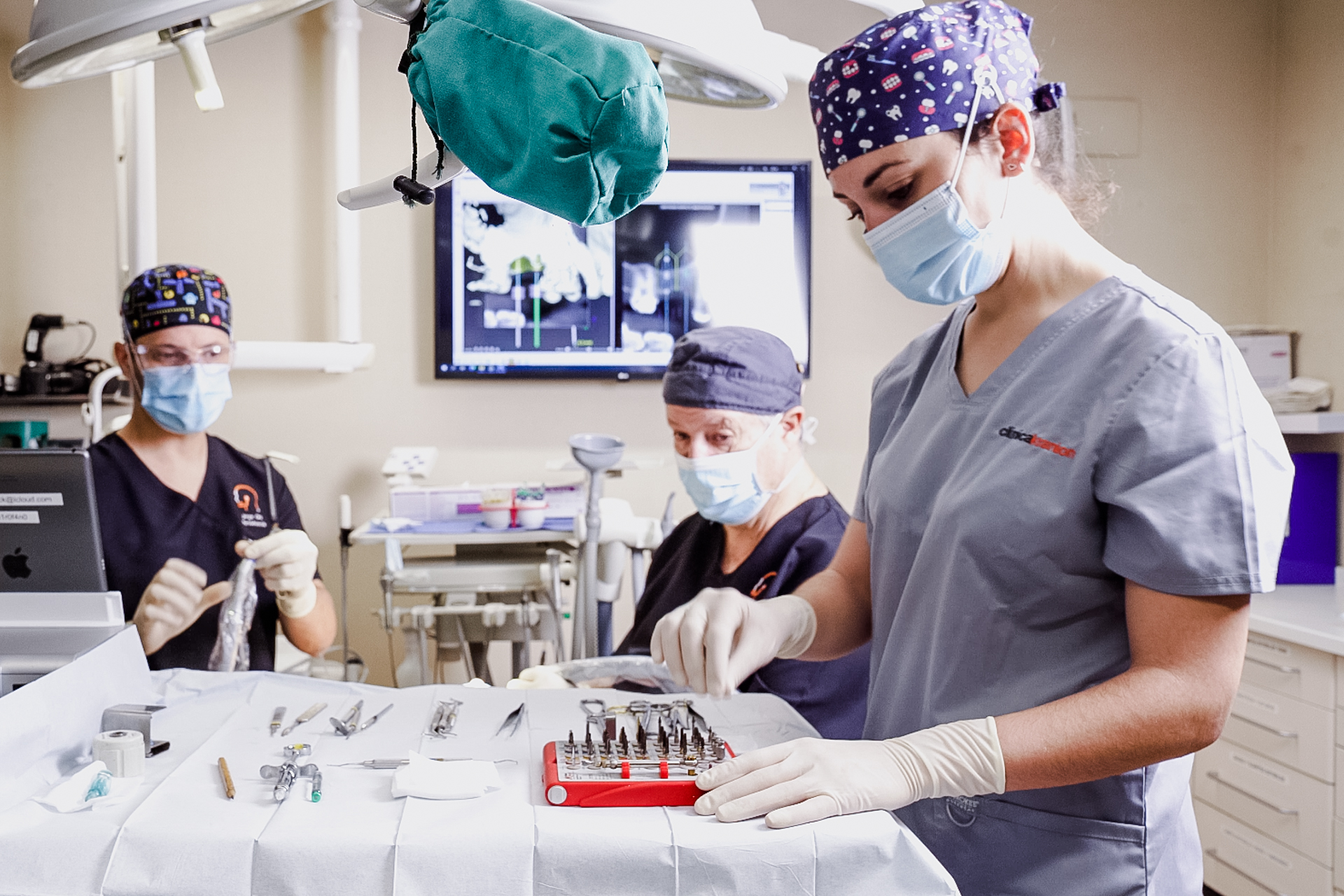
Endodoncia y Traumatología Dental
Bienestar en el núcleo
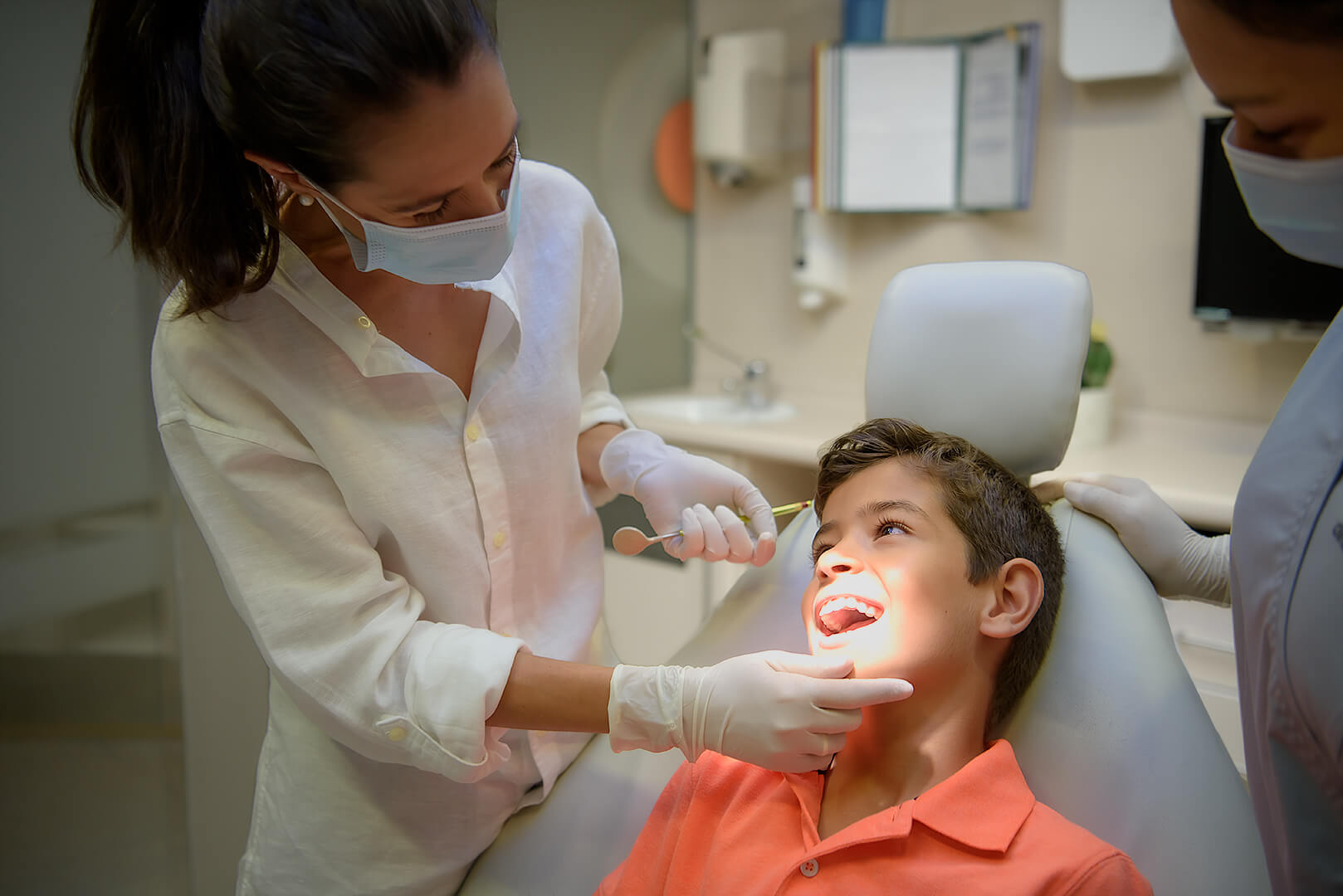
Odontopediatría
Cuidado oral preventivo y terapéutico de niños y adolescentes
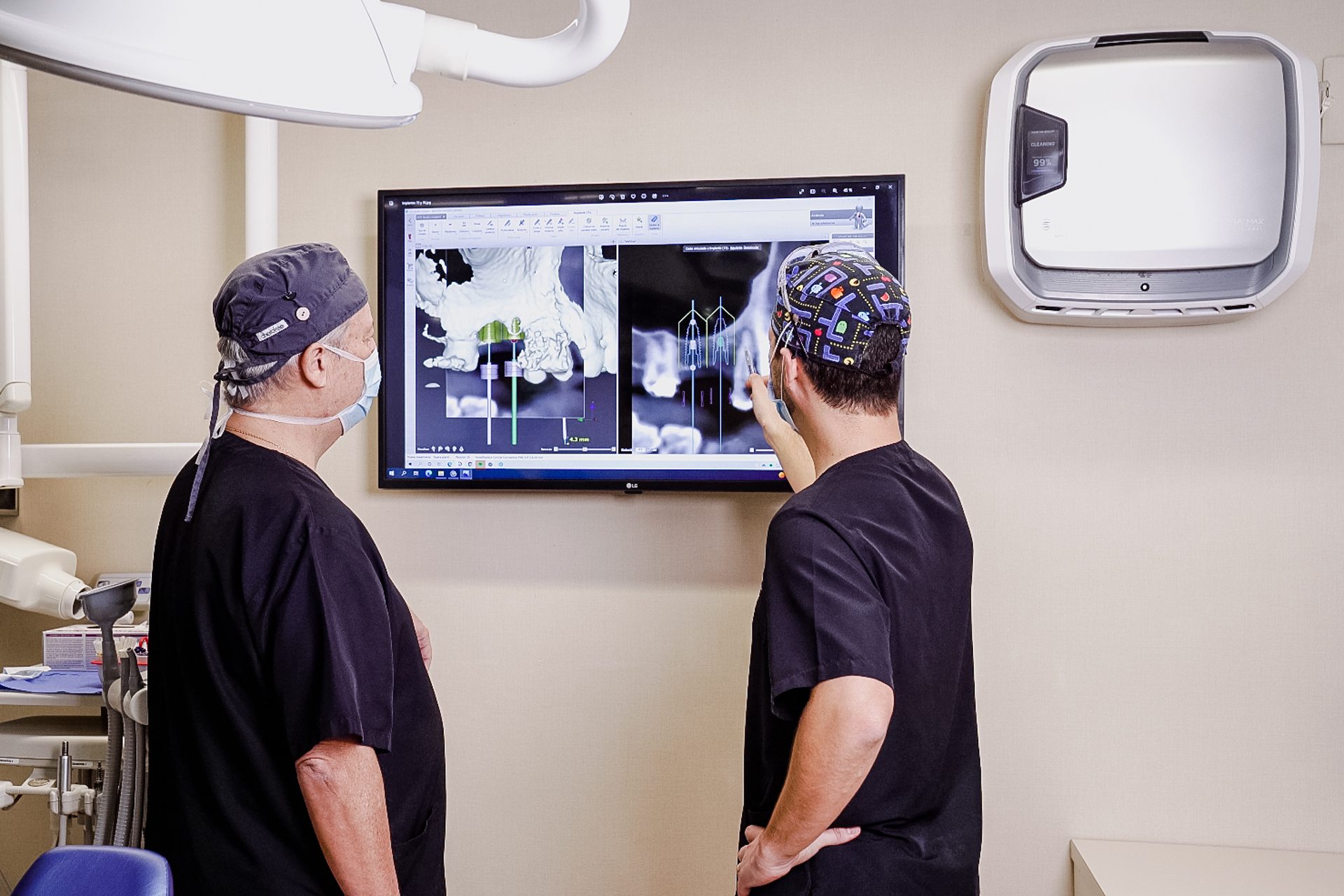
Cirugía Bucal y Cirugía Maxilofacial
Tratamiento de enfermedades que afectan a estructuras de la cavidad oral
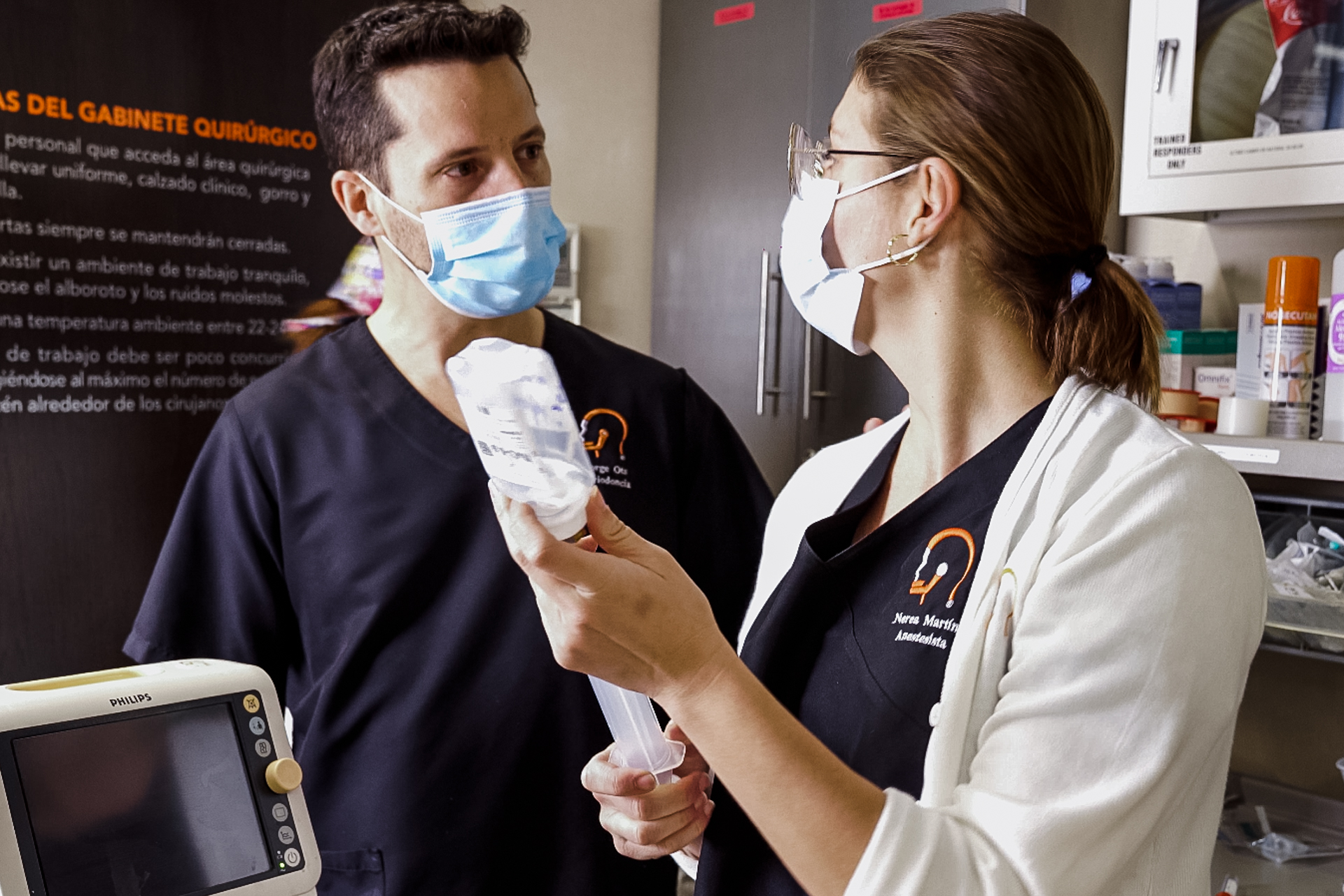
Cirugía Ortognática
Corrección de alteraciones dento-craneo-maxilofaciales

Trastornos Temporomandibulares. Bruxismo. Dolor Orofacial
Disfunción del aparato masticatorio y la región craneocervical
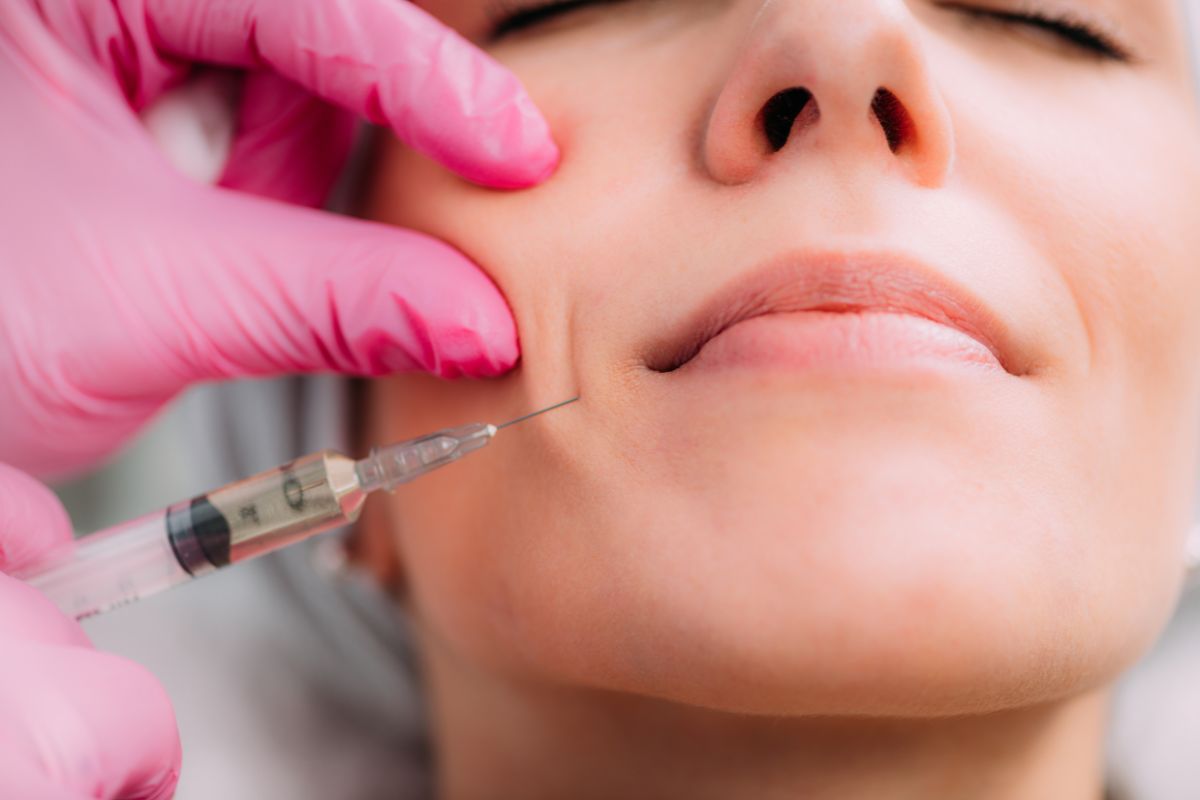
Rejuvenecimiento del Tercio Inferior de la Cara
Servicio de Armonización Orofacial
Quiénes somos
Más de 30 profesionales se ponen a tu disposición para obtener los mejores resultados.
Equipo médico
Estaremos encantados de atenderte siempre que lo necesites.
Valores
Una familia basada en grandes principios y valores profesionales.
Orígenes
Más de 30 años de experiencia nos avalan en el sector dental.
Razones por las que elegir Clínica Kranion
1. PROFESIONALES ESPECIALIZADOS
En Clínica Kranion disponemos de un equipo multidisciplinar de profesionales sanitarios titulados y expertos en constante formación.
Somos referentes a nivel nacional en tratamientos de:
- Disfunción de la ATM, Dolor
- Orofacial y Apnea de Sueño
- Ortodoncia Digital e invisible
- Implantología avanzada
- Odontología sin dolor
- Cirugía Ortognática
- Regeneración de atrofias óseas de los maxilares
2. SEGURIDAD Y CONFIANZA
No somos una franquicia. Somos una gran clínica odontológica familiar.
Contamos con un equipo médico-odontológico estable, por lo que siempre estará ahí para seguir atendiendo tus posibles necesidades odontológicas futuras.
Además, en Clínica Kranion realizamos una reunión semanalmente (sesión clínica) para aconsejarte sobre la mejor opción de tratamiento, explicándote sus ventajas e inconvenientes.
3. TECNOLOGÍA AVANZADA
Utilizamos tecnología de vanguardia para realizar el diagnóstico y el tratamiento.
Esta tecnología facilita y asegura que tu tratamiento tenga éxito:
- Tomografía Computarizada de Haz Cónico (CBCT)
- Escáner intraoral 3D
- Microscopio óptico
- Implantología guiada
- Ortodoncia con Alineadores
- Regeneración de tejidos mediante la Técnica de Plasma Rico en Factores de Crecimiento
- Sedación anestésica
4. MARCAS
En Clínica Kranion trabajamos con marcas pioneras y seguras, de reconocido prestigio internacional, para que tu tratamiento sea exitoso y satisfactorio.
Sólo utilizamos marcas de gran calidad, todas ellas avaladas por la UE:
- Ortodoncia Invisalign y SureSmile
- Implantes dentales Nobel Biocare
- Sistema de cerámicas dentales Ivoclar
- Radiodianóstico con Planmeca, Morita e iCat
- Escáner intraoral Denstply Sirona.
5. FINANCIACIÓN
Te facilitamos el pago de tu tratamiento poniendo a tu disposición un sistema de financiación.
El sistema de financiación que te ofrecemos te permite financiar al 100% tu tratamiento, desde 12 meses sin intereses y hasta 5 años.
6. TRATO HUMANO Y FAMILIAR
En Clínica Kranion empatizamos contigo. Nuestra finalidad asistencial es hacerte sentir cómodo y relajado.
Para ello, ponemos a tu disposición un gran equipo interesado en cuidar tanto de tu salud oral como en ayudarte en todo lo que necesites en todo momento.
¿Qué podemos hacer por tí?
Solicita una cita
Solicita una cita de forma sencilla y estaremos encantados de atenderte.
Envíanos un email
Puedes consultarnos cualquier duda que tengas.
Dónde estamos
Centro de la Ciudad de Alicante, a 100 m de la Estación de Ferrocarril de Alicante y cerca de la parada de tranvía de Luceros.
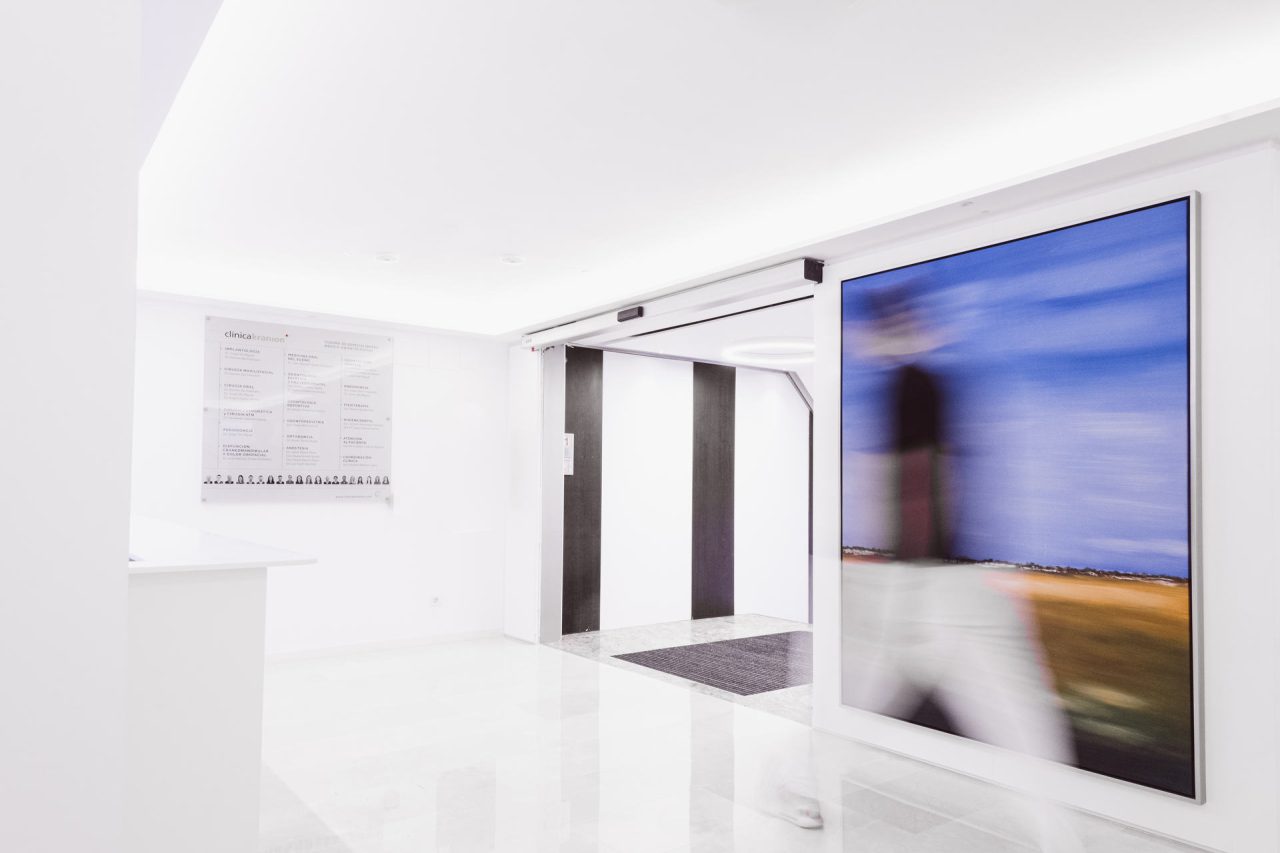
Especialidades
Médico Odontológicas
En Clínica Kranion llevamos más de 30 años trabajando con un mismo objetivo, ofrecer salud, belleza y bienestar a nuestros clientes.
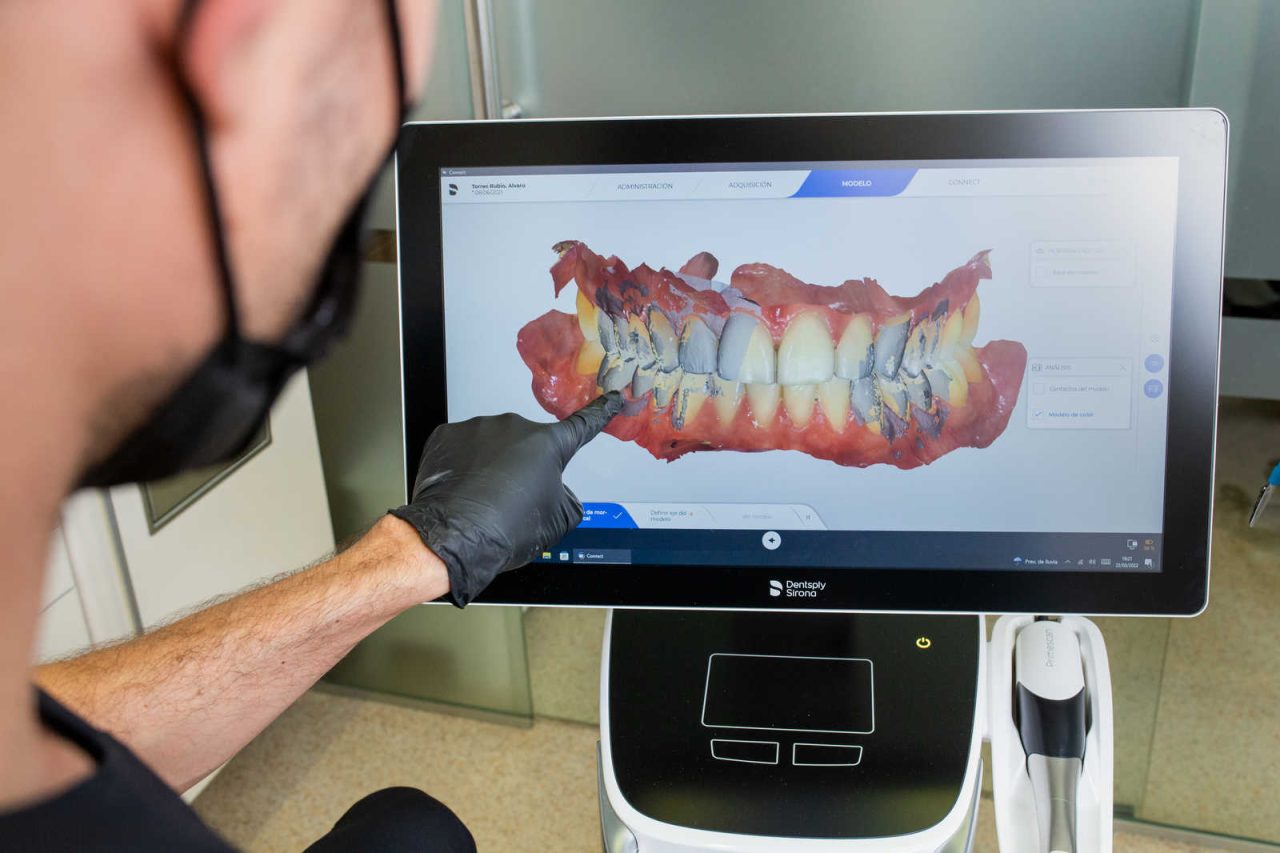
Tecnologías
En Clínica Kranion sabemos lo importante que son las nuevas tecnologías por lo que la innovación es nuestra prioridad.
Protocolo COVID-19
En Clínica Kranion mantenemos las medidas de protección contra la COVID-19 para tu seguridad.


Financia tus tratamientos
Clínica Kranion ofrece fórmulas de pago ajustadas a las necesidades particulares de cada paciente con el objetivo de facilitar y promover la asistencia bucodental.
Servicios adicionales
Nuestra clínica dental, además, ofrece los siguientes servicios:
Opinión
Por Clínica Kranion han pasado muchos pacientes y algunos de ellos han querido dedicarnos unas palabras
Puedes iniciar sesión en tu cuenta de correo de Gmail y dejarnos una reseña en Google.
Noticias Clínica Kranion
Te mantenemos informado de todo lo que acontece en el mundo Kranion a través de nuestro blog
